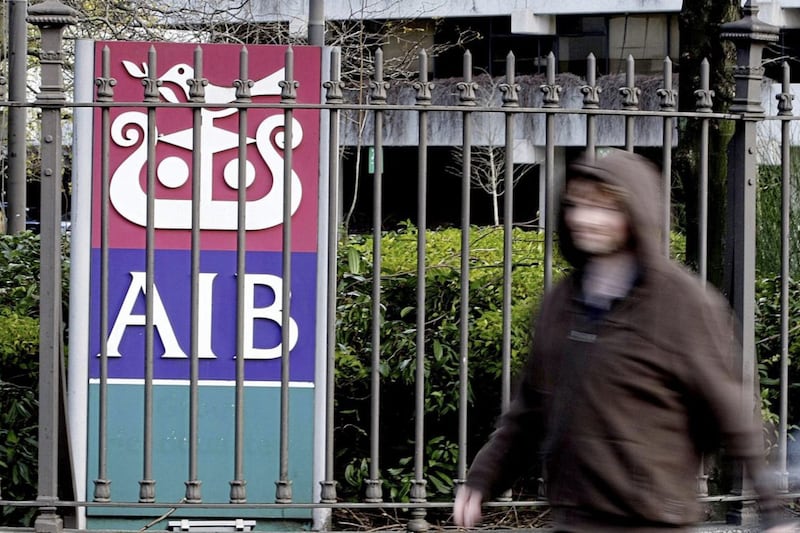THERE was some disappointment in the financial markets after the Bank of Japan did not cut interest rates as expected at its policy meeting at the end of July.
However, this disappointment proved short-lived, with both the Reserve Bank of Australia and Bank of England reducing rates by 0.25 per cent last week.
Indeed, the Bank of England went further by announcing an increase in its asset purchase programme as well as introducing new funding measures for banks. Furthermore, both central banks are expected to lower rates again before the end of the year.
The Bank of England governor, Mark Carney, indicated that the Monetary Policy Committee (MPC) would keep the UK base rate in positive territory. It now stands at 0.25 per cent, so on that basis, another rate cut would have to be less than 0.25 per cent.
The central bank activity is expected to continue into this week as the Reserve Bank of New Zealand is expected to lower interest rates this week. In addition, we may still get a rate cut from the Bank of Japan at its next policy meeting, with the recent upward pressure on the Japanese Yen adding to the case for easing.
Meantime, a raft of better than expected US labour market data boosted the chances of Fed policy tightening this year, pushing the dollar higher.
The on-going policy easing is in response to the continuing downside risks to global economic growth and very weak inflationary pressures in many countries.
The Bank of England is clearly worried about the prospects for the UK economy in the aftermath of the vote to leave the EU. It says that recent survey indicators point to a material slowdown in the UK economy and it now expects to see little growth in GDP in the second half of this year.
The previous UK growth forecasts of 2.3 per cent for both 2017 and 2018 have been cut to 0.8 per cent and 1.8 per cent, respectively. Indeed, the growth forecast for 2018 looks quite optimistic, especially if negotiations with the EU on the UK’s exit terms prove difficult.
Much attention will now focus on actual data for the UK to assess the impact on the economy of the Brexit vote. Sterling weakened following the MPC easing and could well fall further if upcoming data is particularly weak - especially given the strong easing bias of the MPC.
The schedule of data and events for the week ahead is relatively light in nature. In the UK, we get some further information on housing market sentiment following the referendum vote.
The RICS house price balance is forecast to continue its recent slide, reflecting increased economic uncertainty, which in turn is likely to have weighed on the housing market. Industrial production looks set to have risen in June, following May’s decline. Overall, production looks to have grown by over 2 per cent in the second quarter. This is broadly in line with the strong production figures in the preliminary GDP report.
Elsewhere, a raft of better than expected US labour market data released on Friday boosted the chances of policy tightening this year from the Federal Reserve. This pushed the US dollar higher on the foreign exchanges.
US non-farm payrolls – generally accepted as the most reliable and up-to-date barometer of the health of the US economy - recorded a second consecutive increase of more than 250,000 in July.
Looking to the remainder of the week, the focus is on the all-important consumer side of the US economy. US retail sales are forecast to have risen further in July, following on from their strong 1.4 per cent increase recorded in the second quarter. Although, given that sales are nominal, this partly reflects a recovery in oil prices.
We also get a timelier update in the form of the August Michigan measure of US consumer sentiment. It is forecast to have remained at a solid level, continuing a run of positive US economic releases.








